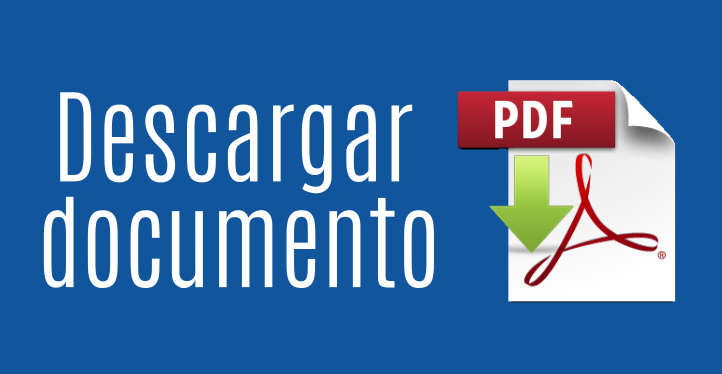
Jorge Said Martínez,1 Alfonso Izita Rosales2
Resumen
Antecedentes se han publicado diferentes ensayos útiles en la evaluación del nistagmo, espontáneo e inducido, que se han dedicado a estudiar la función vestibular a través de los sistemas vestibuloespinales, retinooculares, vestibulooculares en la craneocorpografía y la electronistagmografía computarizada. ObjetivO comparar los resultados obtenidos en pacientes con vértigo al utilizar varios estudios y técnicas que ayuden a lograr un mejor diagnóstico en pacientes con ese padecimiento. MAteriAl y MétOdO se revisaron las gráficas clínicas de todos los pacientes con diagnóstico de vértigo y acúfeno, observados en una clínica de neurofisiología-otológica, en los años de 1993 a 2009. se registró el sexo, la edad, la causa de consulta y los resultados de estudios audiológicos, otoneurológicos y vasculares, y se aplicó a cada paciente un cuestionario detallado [nOdec iv (en Alemania)] y revisión-electronistagmografía-neurofisiología-otooftalmológica (en Argentina). la electronistagmografía y el listado de posibles síntomas neurootológicos y sus características colaterales también se usaron en todos los casos. este historial también toma en cuenta las molestias y trastornos de otros nervios craneales, así como el antecedente de enfermedades subyacentes, en este caso, vértigo y acúfeno. resultAdOs Se estudiaron 1,343 pacientes con vértigo, se encontró que 48.1% de los casos tienen antecedentes de origen vascular que prevalecen en este grupo de afecciones, y son secundarios al proceso de alteraciones hidrodinámicas. cuando se estudiaron y determinaron valores en estas técnicas, se encontraron resultados similares en comparación con otros autores; de manera específica, en este estudio 42.9% de los pacientes tenía acúfeno y en Alemania y Argentina este síntoma representó 44.8 y 43%, respectivamente. cOnclusiOnes Por medio del ultrasonido doppler de cabeza y cuello, el terapeuta puede ayudarse para complementar un mejor diagnóstico, al correlacionar todos los resultados de los antecedentes, descripción clínica y vestibulares (exploración de sistemas vestibuloespinal, retinoocular y vestibuloocular) del paciente con vértigo.Palabras clave: vértigo, craneocorpografía, posturografía, ultrasonido doppler de cabeza y cuello, y electronistagmografía computarizada.
Abstract
background different studies have been reported in the assessment of nistagmus, either spontaneous or induced, that have studied vestibular function by vestibuloespinal, retinalocular, vestibuloocular systems in the cranio-corpo-graphy (ccg) and computarized electronystagmography (cng). Objective to compare the results obtained in patients with vertigo using several studies and techniques helping to achieve a better diagnosis in patients with this disease.
MateriAl And Method Clinical graphics of all patients with vertigo and tinnitus were reviewed. Patients were attended at an otological neurophysiology clinic from 1993 to 2009. Gender, age, cause of consultation and results of audiologic, otoneurologic and vascular studies were registered, and a detailed questionnaire was applied to each patient [nOded iv (in germany) and neurophysiology otoophthalmologic electronystagmography review (in Argentina). electronystagmography and the list of possible neurootologic symptoms and its side characteristics were also used in all cases. this history also takes into account bothers and disorders of other cranial nerves, as well the history of underlying diseases, in this case, vertigo and tinnitus. results Out of 1,343 patients studied, 48.1% of cases had vascular origin that prevails into this group of affections and are secondary to the process of hydrodynamic disorders. When studying and determining values of these techniques, similar results were found compared with other authors, specifically, in this study 42.9% of patients had tinnitus and in Germany and Argentina this symptom accounted for 44.8% and 43%, respectively. Connclusions Through doppler ultrasonography of head and neck, the physician can help himself to complement a better diagnosis correlating all the results of background, clinical description, vestibular results (exploration of vestibuloespinal, retinalocular, vestibuloocular systems) of the patient with vertigo.Key words:
vertigo, craneocropography, posturography, doppler ultrasonography of head and neck, computerized electronystagmography.
